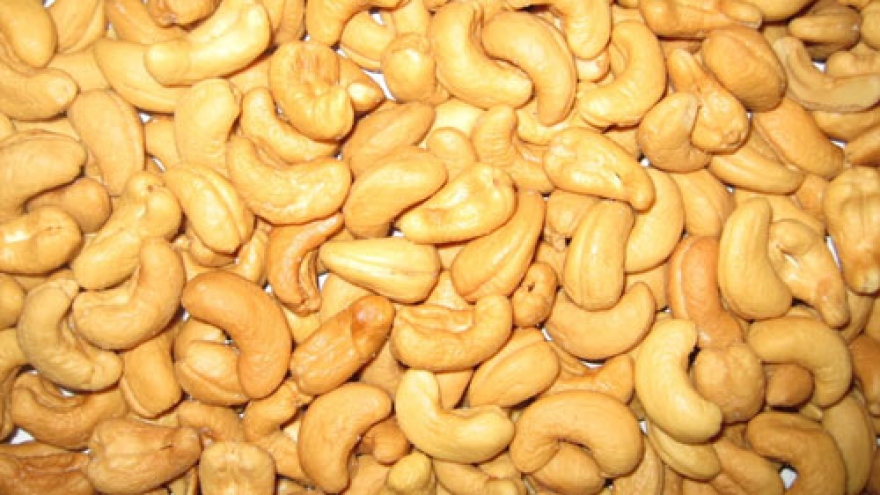Japan funds disease resistant cassava research
VOV.VN - Vietnam was last year’s second largest exporting nation for cassava, trailing only Thailand, Nguyen Van Lang, president of the Vietnam Cassava Association told reporters at a press conference earlier this month in Hanoi.
 |
Mr Lang said exporters operating within the nation’s borders ship products primarily to the countries of China, India, Indonesia, Japan, Malaysia, Myanmar and the Republic of Korea (RoK).
“However, this year a variety of diseases, especially the witches broom disease, are posing a serious threat to cassava yields,” said Mr Lang.
“To address the problem, the Association is announcing the launch of a project aimed at instituting advanced technologies in cassava pest management and disease-free cassava cultivation.”
The four-year project is being conducted jointly with scientists and experts from the Japan Science and Technology Agency, the Japan International Cooperation Agency (JICA), Thailand and Cambodia.
“The JICA is providing funding of US$5.6 million of official development assistance for the project,” said Mr Lang.
Le Huy Ham, director general of the Agricultural Genetics Institute, in turn said the project has many facets but will focus on the early detection of cassava pathogens, cassava diseases and the development of disease-free cassava varieties
Mr Ham, who will serve as director of the project, said as a corollary benefit the project will seek to improve the knowledge of farmers and others in the industry on issues related to cassava pest management and related issues.
“Cassava plays an important socio-economic role as a secondary crop in Vietnam,” said Mr Lang of the Association.
The total cassava-growing areas nationwide in 2015 were approximately 600,000 hectares, he said, producing nearly 10.67 million metric tons— for which about 38% was consumed domestically with the balance transported to foreign markets.
Cassava is consumed domestically principally as animal feed or as food to make different kinds of cakes and cookies, to fry meat and fish, and to make soups in the traditional Vietnamese diet.
The total amount of monosodium glutamate (MSG) made from cassava used in Vietnam is currently about 40,000 metric tons per year, with most of it produced by several foreign multinational corporations operating in the country.
Cassava is also used in the manufacture of pharmaceuticals, ethanol, industrial alcohol and similar products, though the cassava industry lacking huge amounts of foreign investment is still largely underdeveloped.
As the end of 2015, the country had an estimated six factories fuelled by dry cassava cuts producing bio-energy, and nearly 100 others processing cassava powder. In addition, there are hundreds of small family-scale cassava processing mills.
China was last year the largest importer of cassava products from Vietnam, accounting for roughly 85.6% of the volume of the nation’s total cassava exports.
Official statistics of the Ministry of Agriculture and Rural Development (MARD), said Mr Lang, show that for 2015 cassava exports of Vietnam tallied in at 4.1 million metric tons reaching total sales of US$1.32 billion.


